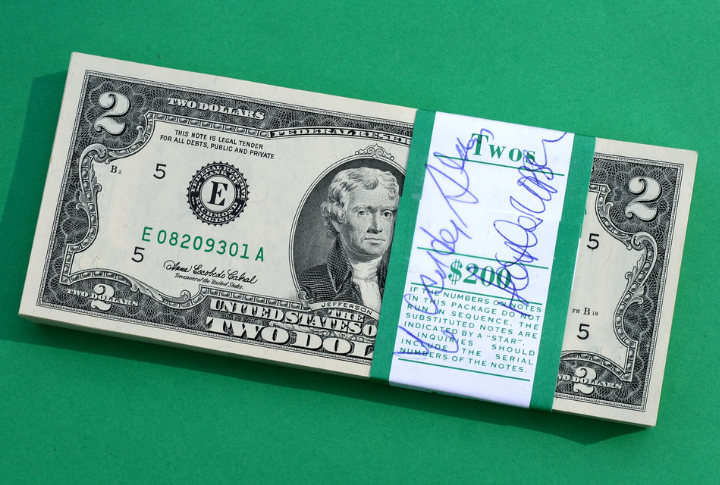
Many people overlook $2 bills, assuming they hold little more than face value. Yet, some of these notes carry rare traits that can make them surprisingly valuable in the collector world. If you have one folded away in a drawer, now is the time to take a closer look.
Look For Red Or Brown Seals Instead Of Green
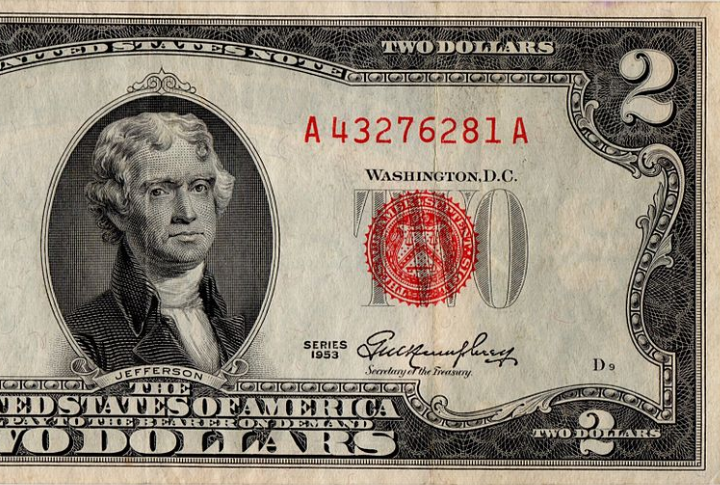
If your $2 bill features a red or brown seal rather than the usual green, it could be worth much more than face value. These distinctive seals mark older, rarer notes—especially pre-1963 red seals and those from the WWII era, which are brown. Pristine condition only raises their collector appeal.
Check The Year Printed On The Bill
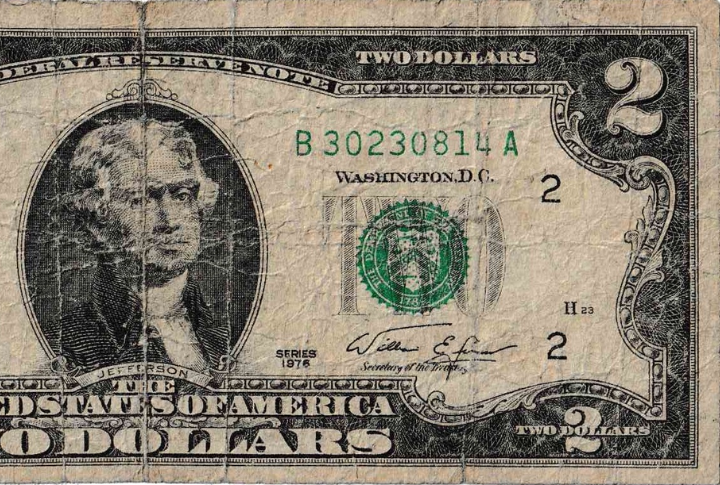
The date on your $2 bill makes a major difference in its value. Bills from 1928, 1953, and 1963 are often worth significantly more than modern ones, especially in good shape. Even notes from 1976 may carry added value if tied to historical events or limited production.
Find Bills With Unique Historical Significance
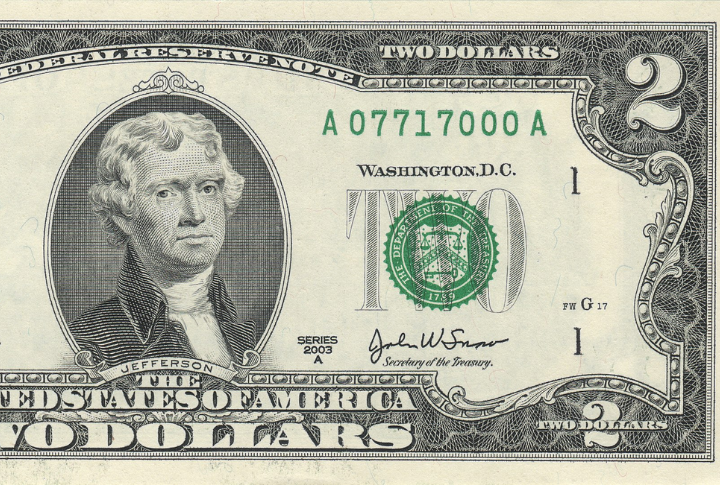
Some $2 bills are prized not only for their rarity but also for the history they represent. Notes circulated during key moments like the Great Depression or wartime service can carry special value. Additionally, documentation or provenance tying a bill to a notable event boosts both interest and price among collectors.
Look For Unusual Paper Or Ink Variations

Some $2 bills stand out because of subtle differences in the paper or ink used during production. Variations like thicker paper, off-color ink, or unique watermark features can signal test prints or limited runs. Such physical anomalies, especially when authenticated, can boost collector interest and value significantly.
Examine For Misprints Or Printing Errors
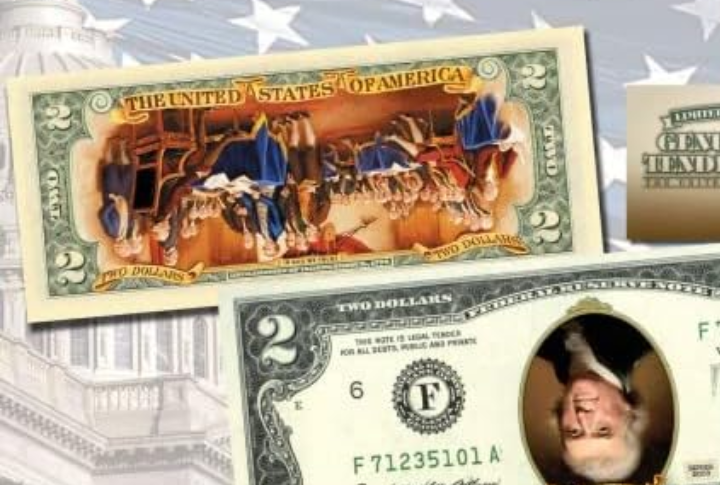
Errors in printing aren’t just mistakes—they’re gold for collectors. From off-center printing and upside-down text to duplicate serial numbers, misprints can drive values sky-high. If certified by a grading service, these flawed notes often command premium prices at auctions and among enthusiasts.
Search For Bills With A Low Serial Number

Serial numbers matter—and the lower, the better. Bills numbered 00000001 through 00001000 are highly coveted and can sell for thousands. The more zeros at the start of a serial number, the rarer the bill becomes. In fact, collectors can compete fiercely for those low-numbered notes.
Find Notes With Repeated Digit Serial Numbers

Bills with repeating digits like 77777777 or patterns like 12121212 stand out to collectors. Known as “solid” or “fancy” serial numbers, these notes are extremely rare and eye-catching. Their unique visual symmetry boosts their desirability, making them prime candidates for grading and long-term investment.
Look For Bills With Palindromic Serial Numbers
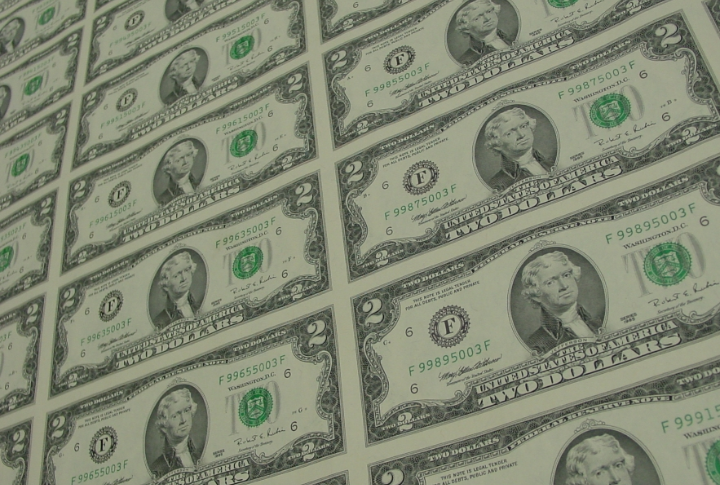
A palindrome—where the serial number reads the same forward and backward—adds serious collector charm. Patterns like 12344321 or 455554554 fetch high prices thanks to their rarity and aesthetic appeal. Even-numbered palindromes are especially desirable and often become centerpieces in specialized collections.
Check For Uncirculated Or Crisp Condition Bills

Condition is key when it comes to maximizing value. Bills that are clean, unmarked, and free of folds or tears are considered “uncirculated” and can be worth far more than those showing wear. Protecting your bills with sleeves or holders helps preserve their condition—and their market value.
Look For Signed Bills Or Rare Federal Reserve Banks

A $2 bill with a handwritten signature or one issued by a less common Federal Reserve Bank, like Minneapolis or Dallas, can command serious collector interest. The issuing bank and any unique endorsements add further historical intrigue and rarity, especially for those aiming to complete a full 12-bank set.
